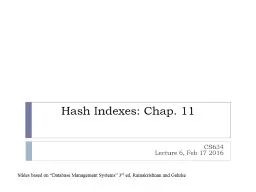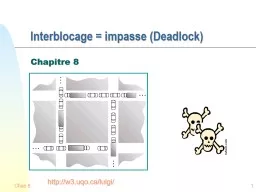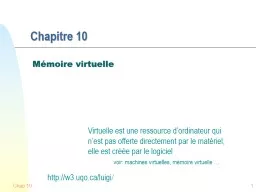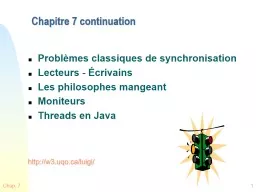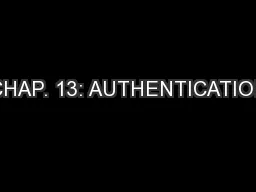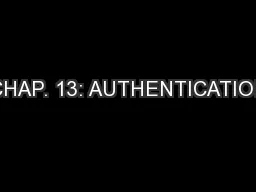PPT-Hash Indexes: Chap.
Author : kittie-lecroy | Published Date : 2016-04-11
11 CS634 Lecture 6 Feb 17 2016 Slides based on Database Management Systems 3 rd ed Ramakrishnan and Gehrke HW1 5 10 10 For every supplier that only supplies
Presentation Embed Code
Download Presentation
Download Presentation The PPT/PDF document "Hash Indexes: Chap." is the property of its rightful owner. Permission is granted to download and print the materials on this website for personal, non-commercial use only, and to display it on your personal computer provided you do not modify the materials and that you retain all copyright notices contained in the materials. By downloading content from our website, you accept the terms of this agreement.
Hash Indexes: Chap.: Transcript
Download Rules Of Document
"Hash Indexes: Chap."The content belongs to its owner. You may download and print it for personal use, without modification, and keep all copyright notices. By downloading, you agree to these terms.
Related Documents

